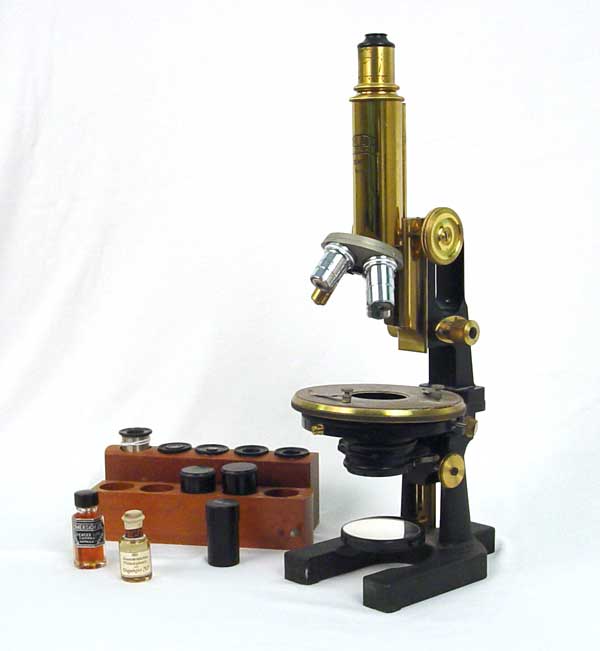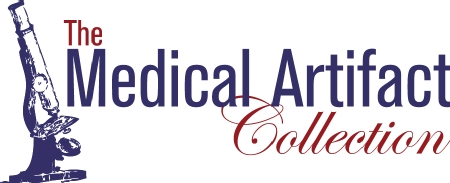After completing this module, students will understand: For each object answer the following questions: Zeiss Monocular Compound Database Entry Simple Perforated Plate Microscope Database Entry Dr. Waugh's Brass Monocular Compound Database Entry Monocular Microscope Database Entry Binocular Compound Microscope Database Entry Gage, Simon Henry. The Microscope: An Introduction to the Microscopic Methods and to Histology. Dark-Field Edition, (14th) Revised. Ithaca, New York: The Comstock Publishing Company, 1925: 99-100. Hanausek, Dr. T. F. The Microscopy of Technical Products. Trans. Andrew L. Winton. New York: John Wiley & Sons, Inc., 1907: 3, 5, 6-7, 8-9, 10-11, 12-13. Lee, Arthur Bolles. The Microchemist’s Vade-Mecum: A Handbook of the methods of Microscopic Anatomy. Philadelphia: P. Blakiston’s Son & Co., 1928: 652-653, 654- 655, 656. Primary Sources Carpenter, William Benjamin. The Microscope and its Revelations. Philadelphia: Blakiston, 1881. Secondary Sources Reynolds, Phyllis Allen. “American Attitudes Toward the Germ Theory of Diseases (1860-1880).” Journal of the History of Medicine 9 (1954): 428-454. Learning Objectives

Step 1: Objects and their Properties
Alternative Images
180° View (requires QuickTime) (1.2Mb)
Alternative Images
180° View (requires QuickTime) (1.2Mb)
Alternative Images
180° View (requires QuickTime) (1.2Mb)
Alternative Images
180° View (requires QuickTime) (1.2Mb)
Alternative Images
180° View (requires QuickTime) (1.2Mb)Step 2: The Meaning of an Artifact
For each object answer the following questions:
Selected References for Further Research
Kirk-Montgomery, Allison and Shelley McKellar. Medicine and Technology in Canada: 1900-1950. Ottawa: Canadian Museum of Science and Technology, 2008
Tomes, Nancy. The Gospel of Germs: Men, Women, and the Microbe in American Life. Cambridge, Mass: Harvard University Press, 1998.
You are using a browser that is not standards-compliant. The information on this Web site will be accessible to you, but for a list of Web browsers that comply with the World Wide Web Consortium standards, please visit our Web standards page.

